First Timer’s Guide to Sri Lanka
Hold on, and get ready for an adventure in Sri Lanka. You’re in for a sensory journey through bustling cities, lush green tea plantations, misty mountain towns, and beachside paradises. If you’re visiting Sri Lanka for the first time, here’s what you need to know.
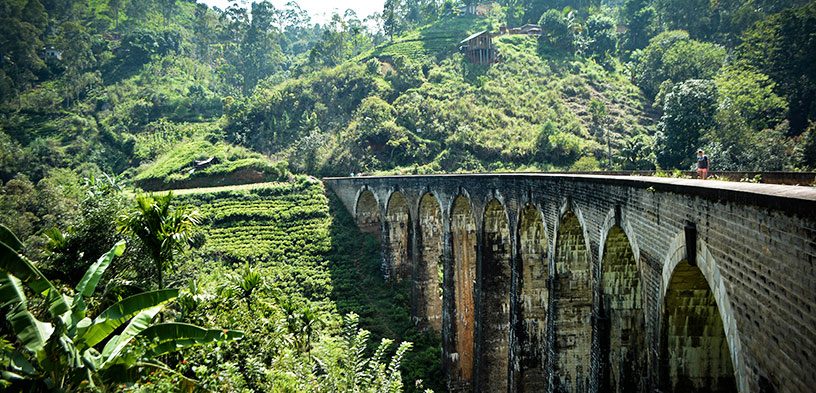
Arriving in Sri Lanka
Your Sri Lankan journey will likely start at the Colombo International Airport. You don’t need to spend much time in Colombo itself and if you’re time poor, head straight out of the airport, and onto the rest of Sri Lanka.
As soon as you leave the airport arrivals hall you will be harassed by taxi drivers, however public buses also stop at the airport. There are many scams at the airport so be on guard. A common one is that taxi drivers will tell you that public buses aren’t running that day. Ignore them if you’re set on taking the bus to reach Colombo Fort Train Station – the city’s main train station.
There are public buses running from the airport to the Colombo Fort train station or you can take the 10 minute walk to the bus station, located off Avariwatta Road, for more options. You can find it on Google Maps marked simply as Bus Station. If you’ve a large bag with you, you will pay extra for luggage in the fare.
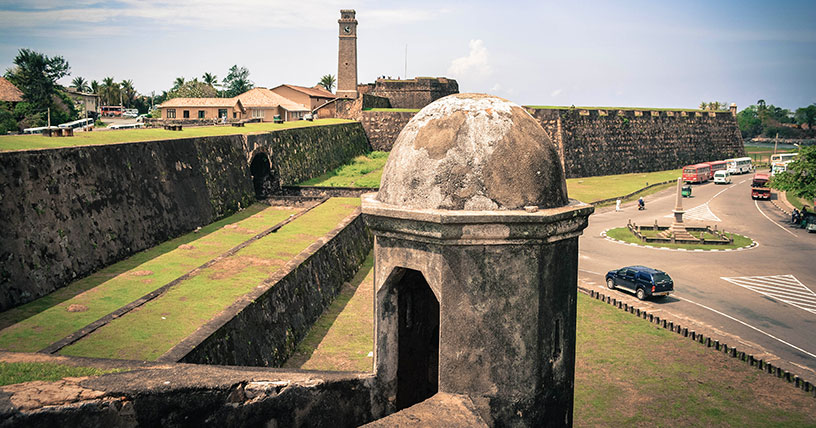
It is also possible to get a train from the airport, but the trains run less regularly than the buses. You can catch the train from the Katunayake or Katunayaka South stations, both in walking distance from the airport located on the sea side of the airport.
You can also catch a tuk tuk near the bus station to get into Colombo or the suburb of Negombo, which has a range of accommodation options. When you head out of the arrivals hall, go right and after about a two minute walk, you’ll see all the tuk tuks. They are not allowed to come into the main airport area.
From Colombo, you can head east to Kandy or south to the beaches.
When is the best time to visit Sri Lanka?
The best time to go to Sri Lanka is the dry season, which runs from November to April. I visited in November and days were always sunny and warm, but very humid. Make sure you bring insect repellent with you as there’s lots of mosquitoes year round.
What is the currency in Sri Lanka?
The currency is Sri Lankan Rupees. Sri Lanka is a cash economy and you’ll be hard pressed to find places taking card. It’s also best to have lots of small notes. You’ll find 100 and 200 Rupees notes came in handy for buses and food.
When you arrive at the airport, there’s a row of ATMs in the arrivals hall but be warned they don’t always work or have enough cash in them. Make sure you have a back up by having US Dollars or Euros on you to change at the many exchange counters.
You will find Sri Lanka is very affordable. You can get good meals, bus and train tickets for only a dollar or two.
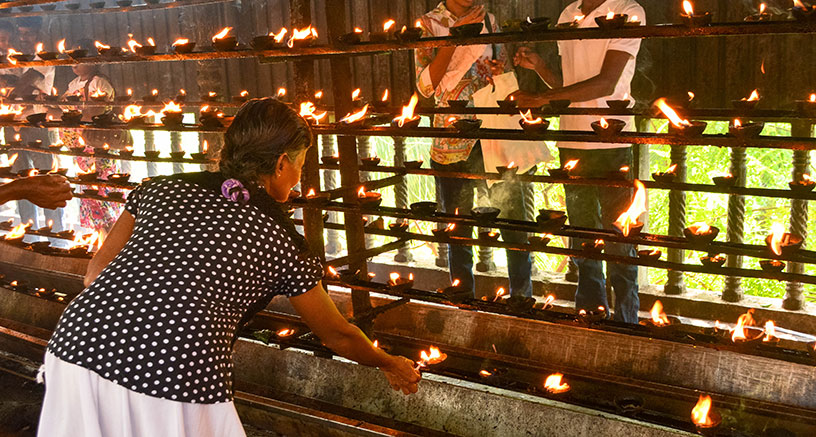
Local customs to be aware of in Sri Lanka
Conservative dress is recommended when visiting Sri Lanka. Knees and shoulders must be covered when entering religious areas such as temples. You must also remove your shoes.
You will also sweat (a lot!) so pack light, loose clothing.
Where should I stay in Sri Lanka?
There’s a range of accommodation choices across Sri Lanka spanning from backpackers hostels to five star resorts. Many of the low end options will not have hot water showers, but it’s so hot that it’s not really an issue.
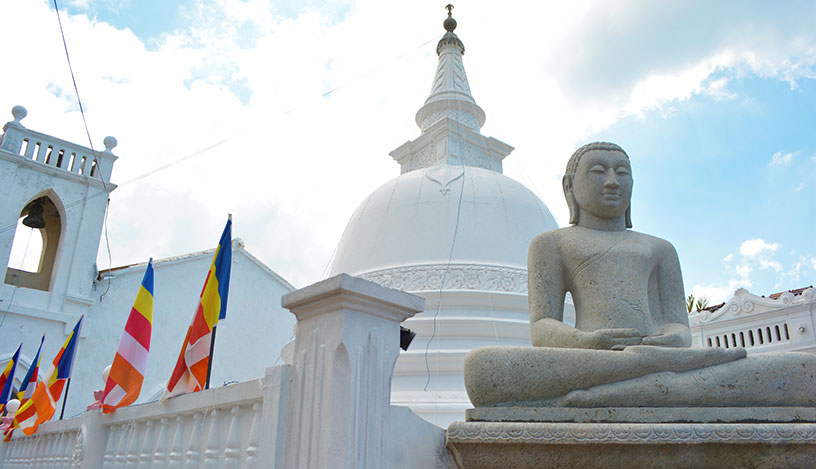
What is the food like in Sri Lanka?
There’s a lot to love about Sri Lankan food. You can take your pick of curries made with fish, chicken, beef or vegetables and mixed with spices. One of my main go to dishes was Kottu, which is a spicy dish made with shredded roti bread, vegetables and usually eggs or some kind of meat.
You can accompany your meal with a lassi, a yoghurt based drink made with fruit such as mango or banana.
Sri Lanka is filled with tea plantations so make sure you try some local tea when you’re there.
Most hostels and hotels include breakfast as part of the room price. Breakfast usually consists of tea, fresh fruit such as mango and papaya, and sweet bread slices.
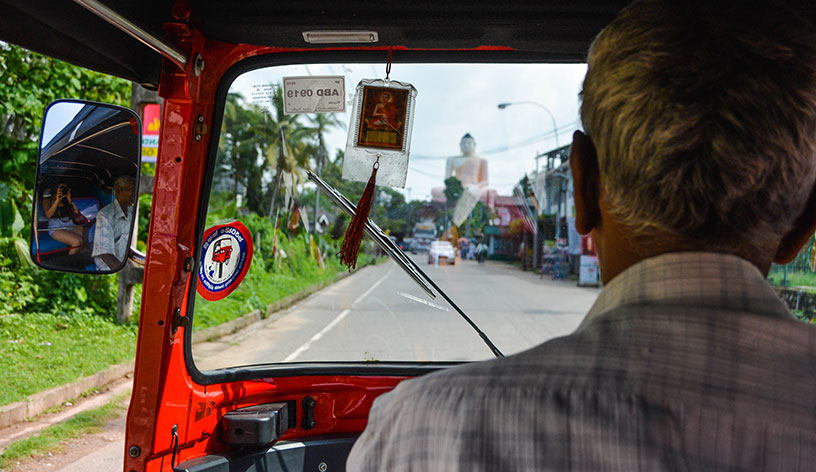
How to get around Sri Lanka
For short distances, you can’t go past a tuk tuk. There’s tuk tuks everywhere so you’ll have no trouble tracking one down. Prices are very negotiable – as a guide it’s usually about 50 rupees for every kilometre.
It’s very easy to get around by bus in Sri Lanka. Lots of buses run from to and from major towns such as Colombo, Negombo, Kandy, Galle and Matara. You can often hail the buses from the roadside, but if you want a seat, you may want to catch them from their starting point. Buses leave from bus stations when they’re full.
Be warned that buses are often bursting at the seams with people hanging onto door frames so it’s rare to have any personal space.
You pay for your ticket on the bus. A man will come around to each seat and collect fares.
On long journeys, buses will stop about every three hours for a toilet/rest stop.
Trains are also an efficient way to get around Sri Lanka. You can buy a first, second or third class ticket.
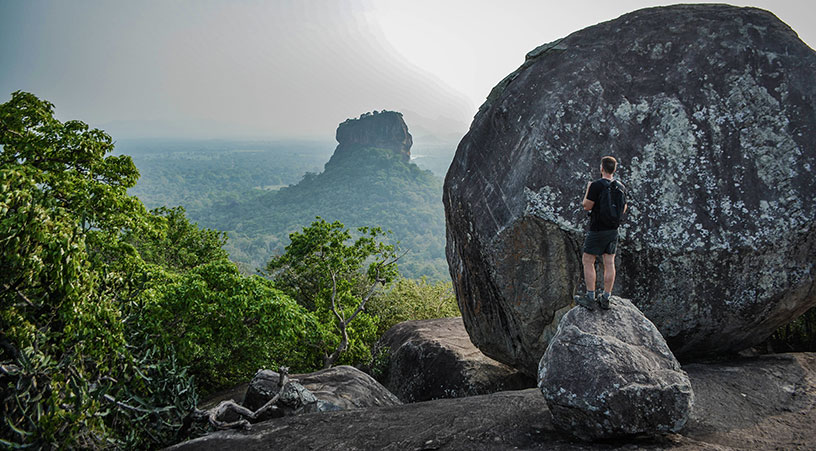
What to see and do in Sri Lanka
#1. Visit Kandy
Kandy is located a four hour bus ride from the Sri Lankan capital Colombo - or about three hours on the train. The city features a pretty lake and beautiful green surrounds, the intricate Temple of the Tooth, and lots of cheap places to eat.
The Buddhist Temple of the Tooth is a religious pilgrimage site because it is home to a tooth of the Buddha. But you won’t actually see the tooth – just where it is kept under guard. Entry to the temple is ~$15.
Kandy is usually used as a base to visit the Sigiriya Rock Fortress and surrounding areas.
#2. Sigiriya Rock and Pidurangala Rock
Local buses regularly take the two and a half hour journey to Dambulla from Kandy. From Dambulla, grab a tuk tuk to get to the nearby Dambulla Caves, Sigiriya rock fortress and Pidurangala Rock.
The Dambulla Caves monastery is another religious pilgrimage site and features rock paintings and statues of Buddhas, gods and goddesses across five caves. Entrance was free at the time of writing.
The Sigiriya rock fortress is also known as the Lion Rock owing to the lion carved into the foot of the fortress.
The nearby Pidurangala Rock features an impressive Buddha statue and offers a view of Sigiriya.
Entry to Sigiriya is around $30. It’s about $5 to enter Pidurangala Rock.
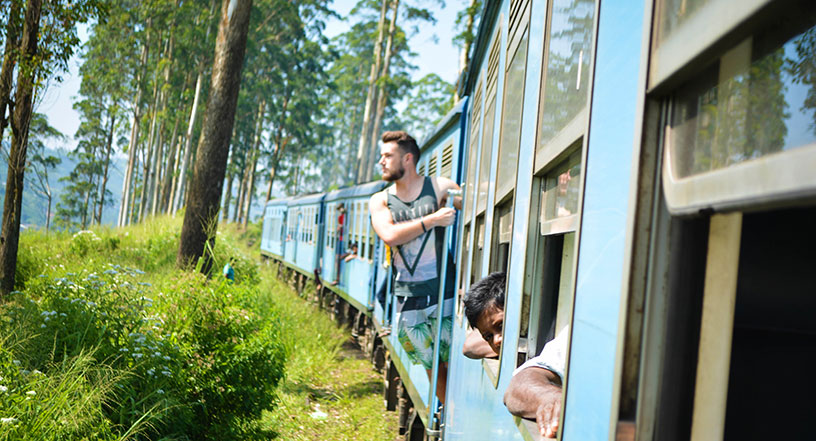
#3. The train journey to Ella
From Kandy, make sure you take the scenic train journey past mountains and tea plantations into the highlands of Ella.
There’s lots of places you can stop for a day or two on the way to Ella, such as Hatton to climb 2,243 metre Adam’s Peak for sunrise, and Nuwara Eliya to check out the tea plantations.
Ella offers many hiking and scenic opportunities, including Little Adam’s Peak, Ella Rock and the Nine Arch Bridge.
The Nine Arch Bridge is the most accessible of these scenic spots, and the viewpoint is located about a 30 minute walk from the Ella town centre.
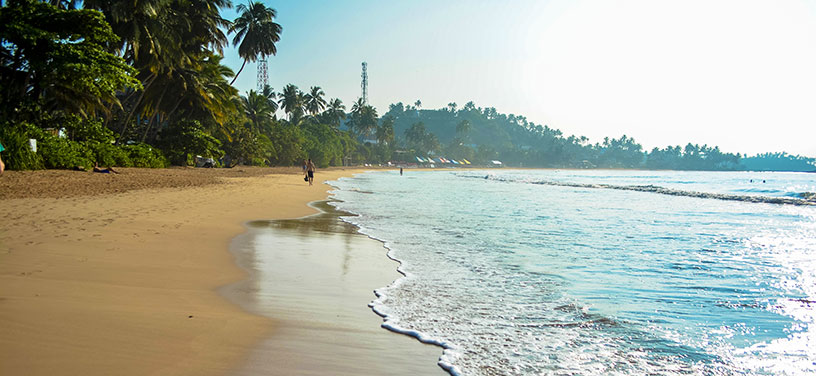
#4. The South Coast
From Ella, you can head to Yala National Park to see elephants and leopards. It’s possible to arrange a safari through the wildlife park.
You can also choose to head straight to the south coast. There’s many coastal towns to choose from for your beach fix, including Mirissa, Tangalle, Hikkaduwa, Unawatana, Bentota and Galle.
Hikkaduwa is well known for its scuba diving, while Mirissa is the go to spot for the beach party crowd.
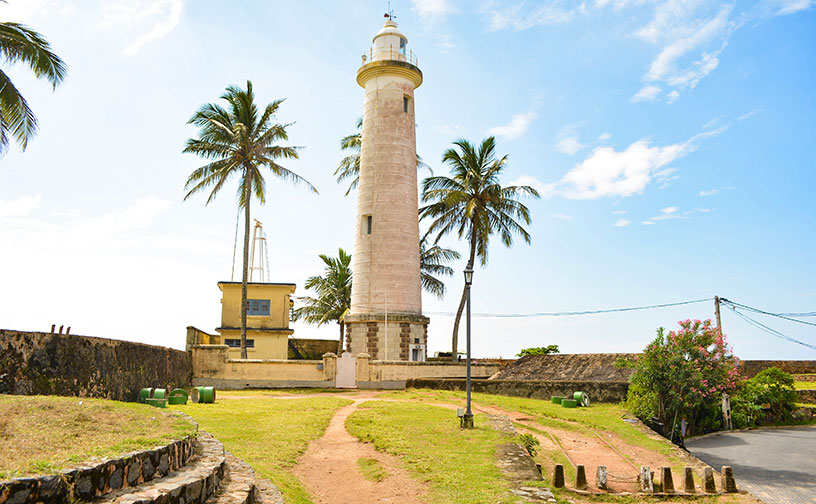
The historical UNESCO World Heritage site of Galle is surrounded by ramparts owing to its time as a Dutch Fort. The fort dates back to the 17th century.
There’s great sea views along the ramparts, and also a picturesque lighthouse.
Sri Lanka is certainly a country full of fantastic scenery, history, tradition and sights, offering visitors both a relaxing and culturally rich experience that you won’t soon forget.
Lisa Owen is a pint-sized Australian following her dreams to travel to as many places as she can, and loves to share her photography, travel hacks, hiking adventures, and food discoveries along the way. At last count, she has travelled to more than 80 countries in between working in public relations and discovering hidden gems in Australia's great outdoors. Instagram: @thelittleadventurer. Facebook: The Little Adventurer Australia.
The views, opinions and positions expressed by the author and those providing comments are theirs alone, and are meant as travel inspiration only. They do not reflect the opinions of Cover-More Insurance. You should always read the Policy Documents available from your travel insurance provider to understand the limits, exclusions and conditions of your policy and to ensure any activities you undertake are covered by your policy.